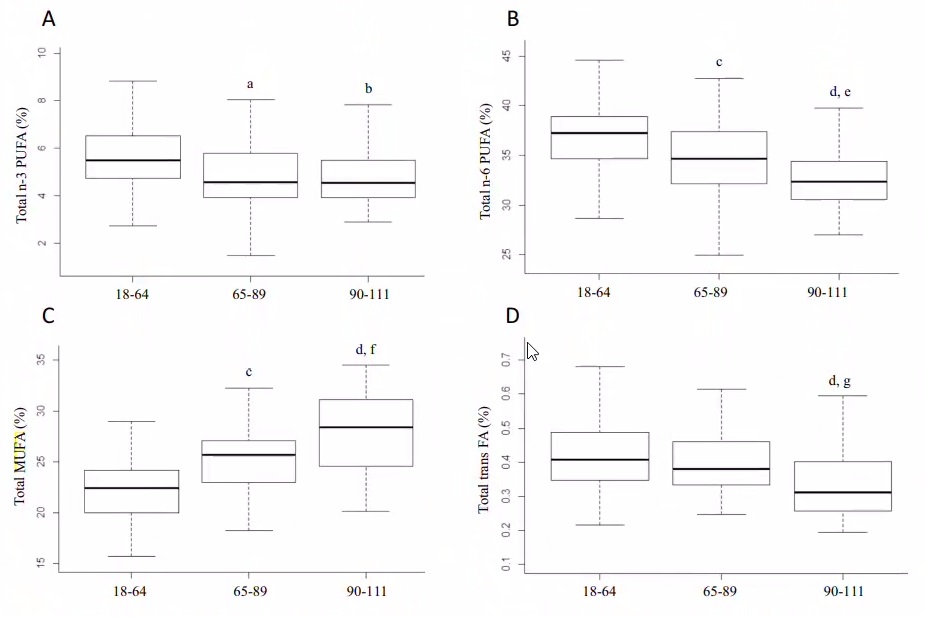
This one found that the consumption of skimmed milk after exercise may reduce subsequent energy intake, such that total energy intake is not different from a low-energy placebo beverage and reduced relative to a sucrose beverage.
"The main finding was that ad-libitum energy intake 60 min after beverage ingestion was reduced following skimmed milk compared to a sucrose beverage and tended to be reduced for skimmed milk compared to the placebo beverage...
"...This meant that total energy intake (ad-libitum energy intake plus the energy provided in the post-exercise beverage) was lower following skimmed milk and placebo compared to after ingestion of the sucrose beverage...
"...with no difference between skimmed milk and placebo, at least when a fixed volume of fluid is provided...
"...Interestingly, despite these differences in energy intake, there were no between-trial differences for subjective appetite ratings or acylated ghrelin concentrations, suggesting the mechanisms of action for the observed effect lie elsewhere."
Post-exercise skimmed milk, but not a sucrose beverage decreases energy intake at the next meal compared to a placebo beverage in active males (open access)
doi.org/10.1016/j.appe…
#nutrition #diet #protein #milk #dairy #weightloss #exercise
doi.org/10.1016/j.appe…
#nutrition #diet #protein #milk #dairy #weightloss #exercise
• • •
Missing some Tweet in this thread? You can try to
force a refresh











